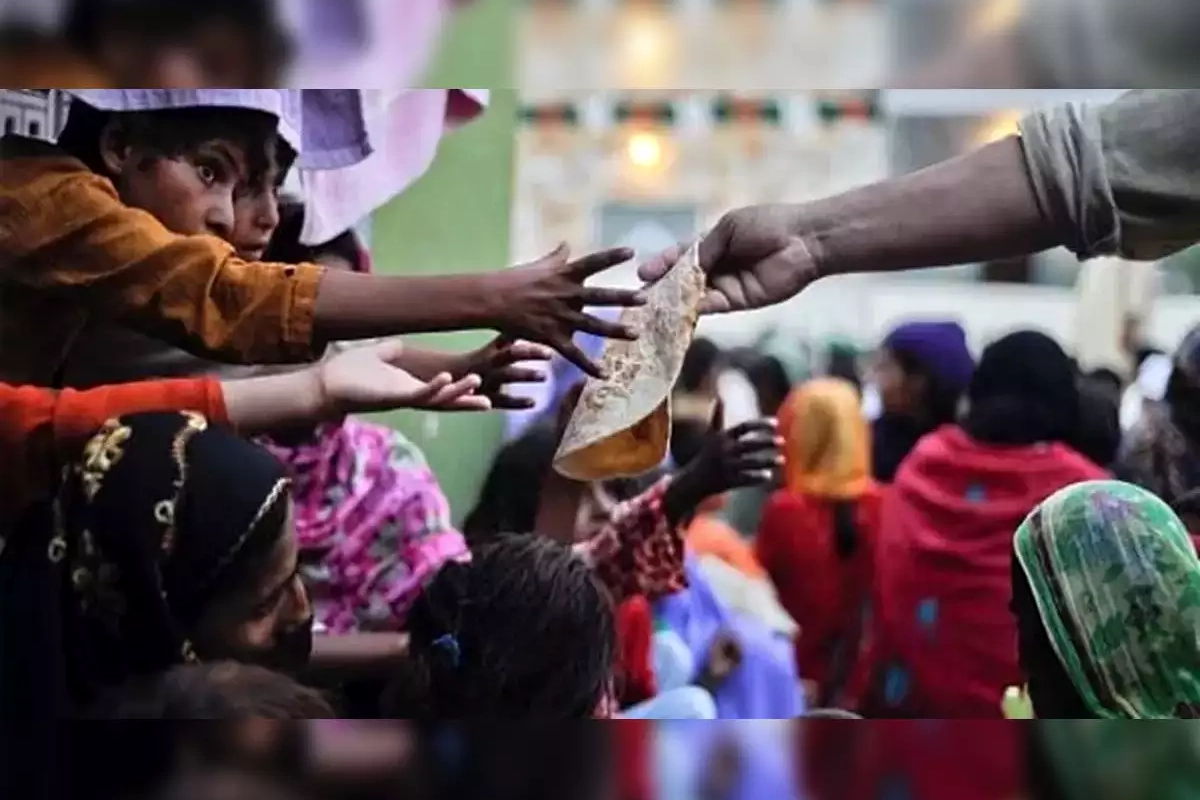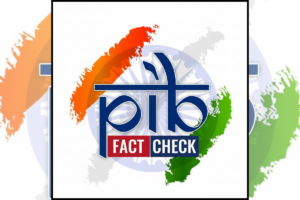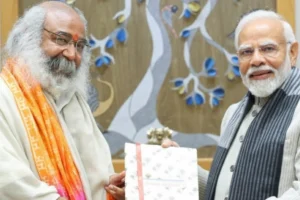
Malnutrition remains a significant challenge across many countries, where securing even two meals a day can be difficult. The Global Hunger Index (GHI) 2023 highlights the severity of malnutrition in several nations, including Pakistan, Bangladesh, and India.
India’s situation is particularly alarming. In the GHI 2023, India is ranked 111th out of 125 countries, trailing behind its neighboring countries: Bangladesh (81st), Pakistan (102nd), Nepal (69th), and Sri Lanka (60th). This ranking reflects a deteriorating situation, as India’s position has dropped from 107th place in 2022. With a score of 28.7, the report underscores the gravity of the malnutrition crisis in India.
Key Statistics
– Wasting in Children: India has the highest rate of wasting in children globally, at 18.7%. Wasting indicates a significant deficiency in nutritional intake relative to height.
– Anemia Among Women: A staggering 58.1% of women aged 15 to 24 are affected by anemia.
– Malnutrition Rates: Approximately 16.6% of India’s population suffers from malnutrition.
– Child Stunting: 35.5% of children under five years old are stunted, which means they are shorter than the average height for their age.
– Child Mortality: The mortality rate among children under five is 3.1%.
Government Response
The Indian government has disputed the GHI 2023 findings for the past two years, questioning the accuracy of the metrics used. According to government officials, the methodologies employed by the GHI are suspect.
Understanding the Global Hunger Index
The Global Hunger Index is a tool designed to measure and track hunger and malnutrition levels globally. It identifies countries where hunger is critically severe and categorizes 34 other countries, including India, as experiencing serious levels of hunger. Since 2015, the situation has worsened in 18 countries.
Also read: BJP MLA Rameshwar Sharma Accuses Digvijaya Singh Of Trying To Become “New Jinnah”
Malnutrition Statistics in India
– Child Malnutrition: Nearly 3 crore (30 million) children under five years are malnourished.
– Annual Child Deaths: The World Health Organization (WHO) reports over 1 million deaths annually among children under five due to malnutrition.
– Population Statistics: The Worldometer estimates that 14.37% of India’s population is malnourished, equating to approximately 16.1 crore (161 million) people.
Detailed Prevalence Data (National Family Health Survey 5)
– Stunting: 35.5% of children under five are stunted.
– Wasting: 19.3% of children are wasted.
– Underweight: 32.1% of children are underweight.
– Overweight: 3% of children are overweight.
– Adult Malnutrition: 18.7% of women aged 15-49 years are affected by malnutrition.
Anemia Prevalence:
– Men (15-49 years): 25.0%
– Women (15-49 years): 57.0%
– Adolescent Boys (15-19 years): 31.1%
– Adolescent Girls: 59.1%
– Pregnant Women (15-49 years): 52.2%
– Children (6-59 months): 67.1%
Challenges in Addressing Malnutrition
Several obstacles hinder efforts to combat malnutrition in India:
– Economic Constraints: About 74% of India’s population cannot afford a healthy diet, with many diets lacking essential nutrients such as iron, vitamin A, and zinc.
– Sanitation: Only 69% of households have access to improved sanitation facilities.
– Healthcare: The World Health Organization’s recommendations for healthcare personnel are not met. India has 0.73 doctors and 1.74 nurses per 1,000 people, compared to the ideal density of 1 doctor and 3 nurses per 1,000 people.
– Anganwadi Services: Only 50.3% of children under six years of age receive services from Anganwadi centers.
The data reveals a critical need for targeted interventions and comprehensive strategies to address malnutrition and improve overall health outcomes in India.
To read more such news, download Bharat Express news apps





















